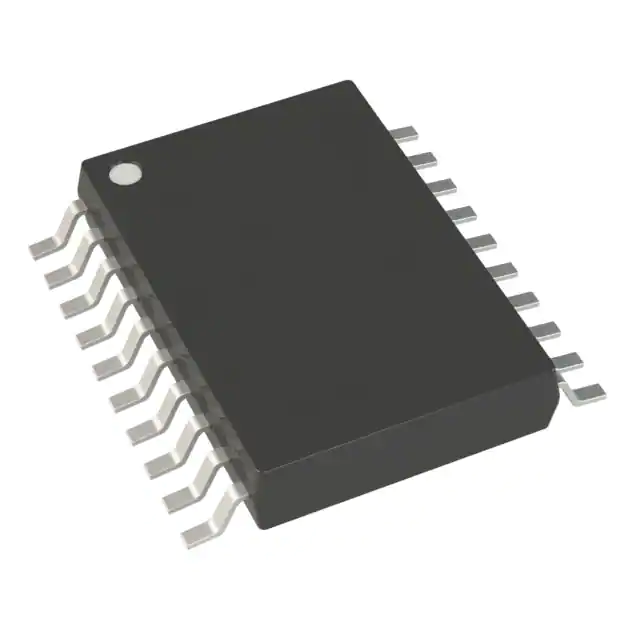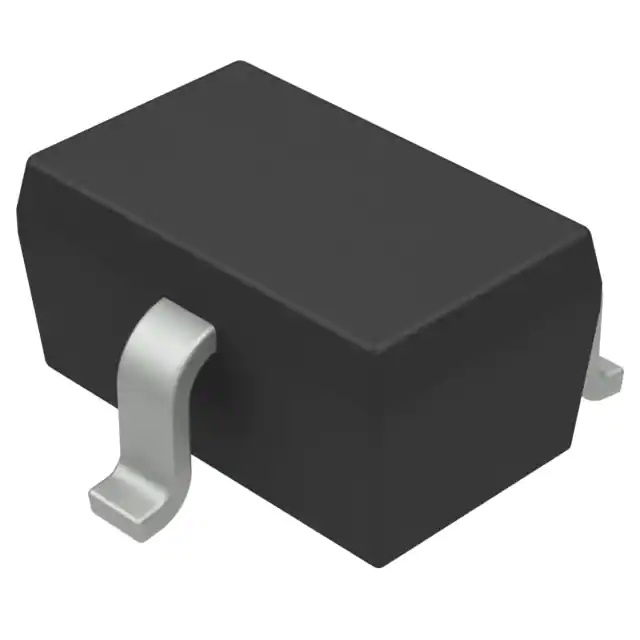Hybrid Sources Powered Electric Vehicles - Part 2
7/25/2024 2:42:54 PM
| Topics covered in this article: |
| Ⅰ. Recent Trends in Battery Electric Vehicles |
| Ⅱ. Full Electric Vehicle |
| Ⅲ. Summarizing with Key Points |
Overview: Concern over the rising cost of fossil fuels and the depletion of their resources is growing. New green automobile technologies are being created, including hybrid electric vehicles and fully electric vehicles. The fully electric vehicles are discussed in this article.
Click here to access the previous part of this article.
People all over the world are worried about how hydrocarbon-based transportation pollutes the air. The International Energy Agency (IEA) states that by 2030, transportation will use 298 Mtoe of biofuel. This sector uses 49% of the world's oil, and it looks like the world's oil will run out by 2038. According to the U.S. Environmental Protection Agency, 29% of greenhouse gas emissions (CO2, NO2, CO, NO) come from burning fossil fuels in transportation.
Studies by the European Union and other groups show that the transportation industry is responsible for about 28% of all carbon dioxide (CO2) emissions. More than 70% of these emissions come from road transport. Light commercial vehicles makeup 59%, medium and heavy commercial trucks 23%, planes and helicopters 9%, ships and boats 3%, trains 2%, and others 4%.
Ⅰ. Recent Trends in Battery Electric Vehicles
Many automakers are hard at work making new electric vehicles (EVs):
l General Motors plans to switch to an all-electric vehicle by the year 2023.
l In the future, Ford will offer seven plug-in hybrids that are electric and can be customized.
l Mazda, Denso, and Toyota are all working together to create technologies for electric vehicles (EVs).
l Renault, Nissan, and Mitsubishi are all working on electric vehicles, and they hope to have 12 of them on the market by 2023.
l By 2030, electric and hybrid versions of 300 vehicles from the Volkswagen group, which also owns the Audi and Porsche brands, will be available.
Over the past few decades, a lot of research has been done on energy management strategies, both for hybrid electric vehicles (HEVs) and for full electric vehicles (FEVs). But because automotive technology is getting better and new ideas are being added, the energy management system (EMS) for HEV and FEV is an area that is always changing and will continue to get new ideas for many years to come.
Yet, recent rapid advancements in the use of autonomous vehicles, emerging advances in powertrain components, and computational approaches have greatly increased the prospects for EMS performance improvement. Vehicle-to-vehicle, vehicle-to-infrastructure, and automated linked vehicles are some of the new communication technologies that are now being evaluated for use in renewable energy charging systems. To further improve driving efficiency and fuel economy, the promising potential must be explored.
Ⅱ. Full Electric Vehicle
At the moment, FEV possesses seven distinct types of power transfer topologies, each of which is illustrated in Fig. 1. Nevertheless, only three of these topologies are commonly used in the auto-industrial sector. Table 1 displays, for convenience, the relative configurations of the various hybrid energy storage systems (HESS).

Fig. 1. Various possible configurations of the Ultra Capacitor (UC) and battery Source: IEEE Access
Table 1: Comparison of Various Configurations of Hybrid Energy Storage System

Fully electric vehicles fall into one of two groups, depending on the type of energy source they use, which can be either a fuel cell or a battery. Thirdly, PV-based vehicles have recently attracted a significant amount of interest from researchers who are looking for ways to improve the efficiency with which renewable resources, which are found in nature in abundant supply, are utilized.
1) Battery-Based FEVs
In this fuel-efficient vehicle, the high-energy content of the primary source is provided by the battery. To create the hybrid energy storage system, the battery is paired with another high-density power device, such as a supercapacitor, which is also referred to as an ultra capacitor (UC). In some circles, it is also referred to as a double-layer electric capacitor. The energy density of batteries is much higher than that of supercapacitors, but the power density of batteries is much lower. Hence, HESS stores sufficient energy to meet sudden demands for power in order to reach the desired level of vehicle performance.
2) Fuel Cell-Based FEVs
The production of electricity from H2 and O2 was accomplished with the use of FC as the principal source in this FEV. The specific energy and power of the FC are comparable to those of gasoline, but they are not the same. Because of the chemical reactions that take place, fuel cells have a delayed response, which means that it is not ideal for them to handle the frequently changing load. As a solution to this issue, it has hybridized with UC and battery technology. The configuration of the FC-based FEVs is depicted in Fig. 2.

Fig. 2. FC-based FEVs. Source: IEEE Access
3) A PV-Based Fuel Economy Vehicle
A solar power-based FEV, also known as a PV-FEV, has an architecture that is very similar to that of a plug-in hybrid electric vehicle (HEV), with the exception of an additional photovoltaic (PV) panel that supplies the current for battery charging during the day. In addition, the maximum power point tracking control algorithms are utilized so as to extract the maximum amount of power from the PV panels. The configuration of the PV-based FEV can be seen in Fig. 3.

Fig. 3. PV-based FEV structure. Source: IEEE Access
Existing electric vehicles with more than one source of power and hybrid powertrains give the system a lot of room to be designed and make the control algorithm more complicated. The objective function of the EMS optimization problem is usually tied to the collection of powertrain topologies, while technology and the size of components are treated as optimization constraints. The growth of the new generation of green vehicles will depend on how well they manage power.
Ⅲ. Summarizing with Key Points
Some of the takeaways from the article are as follows:
l As automobile technology improves and new concepts are incorporated, the energy management system for hybrid electric vehicles and full electric vehicles will continue to change for years to come.
l Full electric vehicle currently has seven different types of power transmission topologies. Only three of these topologies are, however, frequently utilized in the auto-industrial sector.
l Depending on the sort of power source they use, a fuel cell or battery-based electric vehicles are the two categories. Recently solar, powered photovoltaic-based automobiles that use renewable resources have been developed.
l The energy density of batteries is substantially higher than that of supercapacitors in battery-based full electric vehicles, storing enough energy to fulfill unexpected demands for power to achieve the appropriate level of vehicle performance.
l In fuel cell-based full electric vehicles, H2 and O2 were used to make electricity. Because of the chemical reactions that happen, fuel cells take a while to respond. This means that they are not the best choice for a load that changes often.
l An additional photovoltaic panel that provides the current for battery charging during the day distinguishes a solar power-based full electric vehicle from plug-in hybrid electric vehicles.
This blog post is part of a full research article from IEEE Access.
The featured image is used courtesy of OPEN AI.
Latest Products
-
AD9834BRUZ
Analog Devices Inc.
-
BAV99W,135
Nexperia USA Inc.
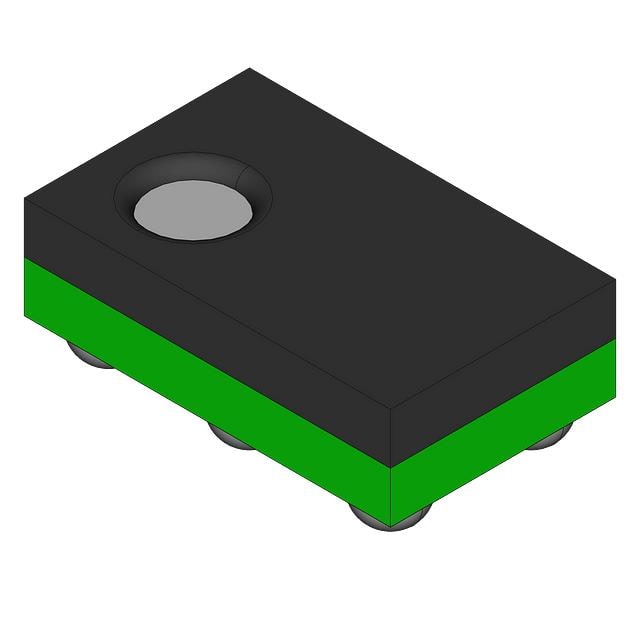
-
IP5002CX8/P135
NXP USA Inc.

-
ADAU7002ACBZ-RL
Analog Devices Inc.
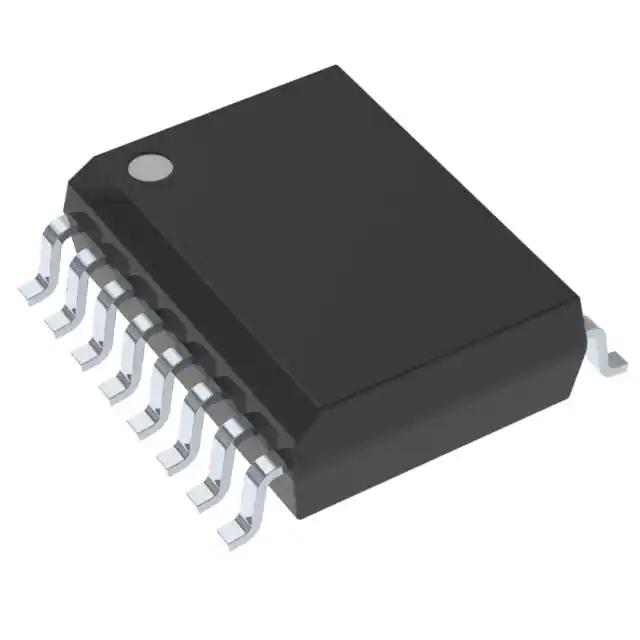
-
PGA2320IDW
Texas Instruments
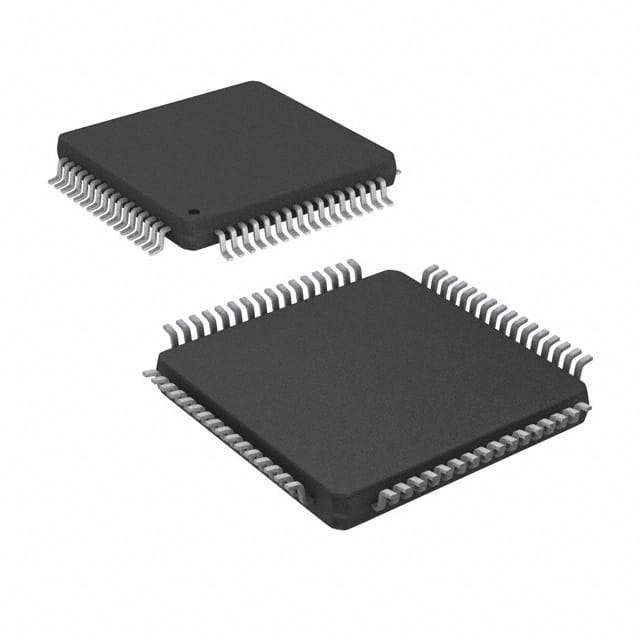
-
SRC4184IPAG
Texas Instruments
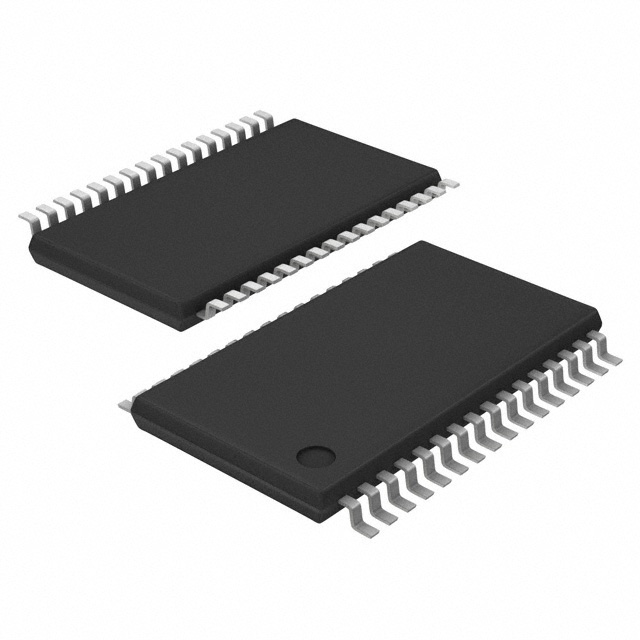
-
MUSES72320V-TE2
Nisshinbo Micro Devices Inc.
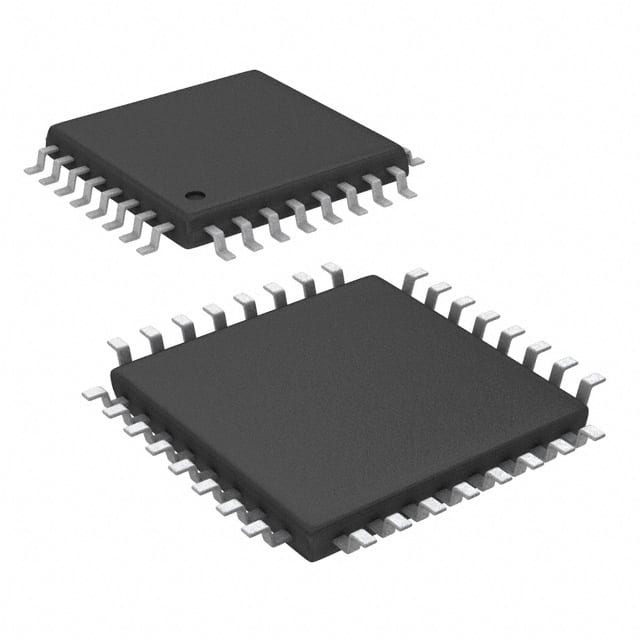
-
PCM2706CPJT
Texas Instruments
 Upload BOM
Upload BOM

